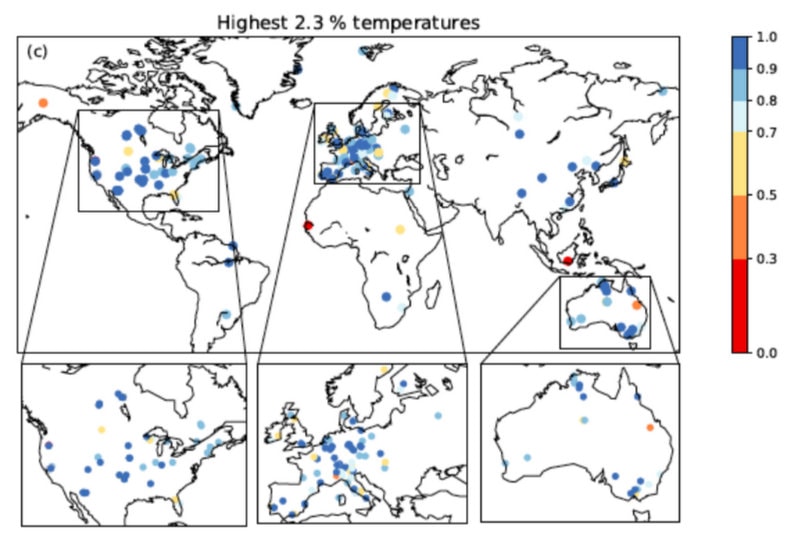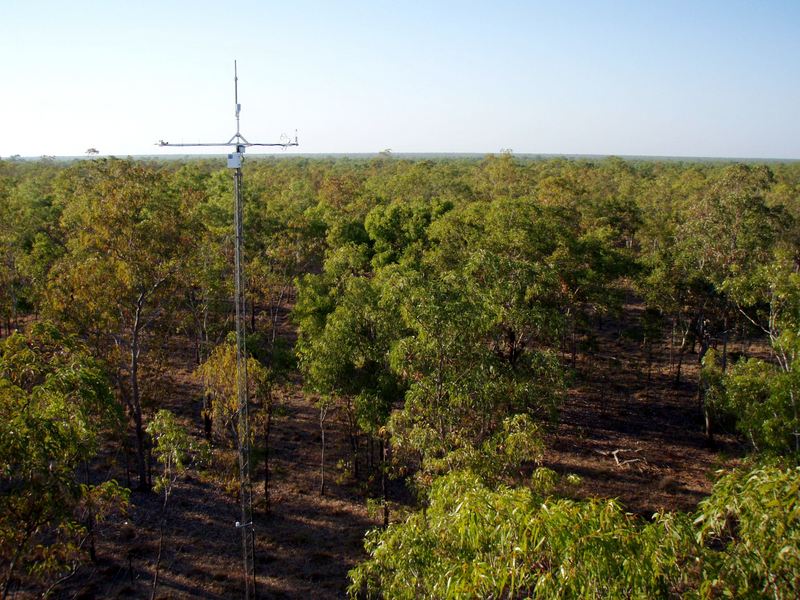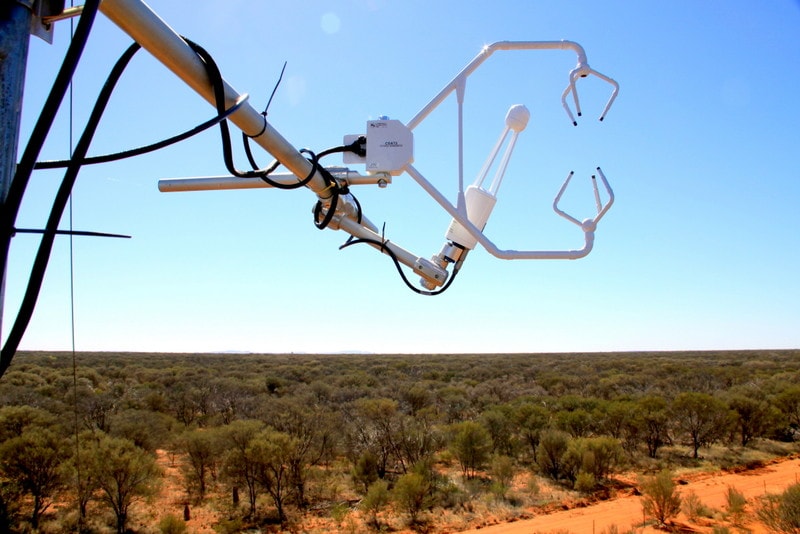The ARC Centre of Excellence for Climate Extremes has independently analysed Australia’s data on land-atmosphere exchanges of energy, carbon and water collected by TERN and its partners, and found them to be perhaps the world’s most valuable observations for building and evaluating the land models needed for projecting future droughts and heatwaves. Read the analysis and find out more about these profoundly important data for global climate modelling.
This year TERN turns 10. Operating on a fraction of the budgets of our US and EU equivalents, TERN has a lot to show for the past decade of investment. More than 50 partner institutions, and over 600 terrestrial ecosystem mapping sites producing more than 2500 datasets.
But, just how useful are the data that TERN’s collaborative research infrastructure delivers? With at least 1000 peer-reviewed papers using TERN data and hundreds of in-depth user stories documented, we knew that they’re extremely valuable, but, “the world’s most valuable” we did not—until now that is!
The ARC Centre of Excellence for Climate Extremes has independently analysed the Australian data in FLUXNET, a global dataset on the exchanges of energy, carbon and water collected by 900 automated eddy-covariance towers, and found them to “provide perhaps the world’s most valuable observations for building and evaluating the land models needed for projecting future droughts and heatwaves.”

“They are virtually the only data measuring conditions likely to be experienced elsewhere due to future warming of the climate.”
Data from TERN’s 12 eddy-covariance towers, together with data from 11 other OzFlux towers, form the Australian component of the FLUXNET dataset.
“The Australian data represented by OzFlux include the vast majority of the world’s observations of the land surface at high temperatures,” writes Prof Andy Pitman, Director of the ARC Centre of Excellence for Climate Extremes, in a December 2018 briefing note.
“They are virtually the only data measuring conditions likely to be experienced elsewhere due to future warming of the climate.”

Profoundly important data for global climate modelling
According to the review, the Australian FLUXNET data are the only data that enable land surface models (LSM)—vital components of climate models—to accurately reflect the range of conditions now and those we’re likely to experience in the future.
“These data are profoundly important to the global community. The land-atmosphere processes that occur over Australia occur in temperature regimes that are not paralleled elsewhere. We cannot build our LSMs using overseas data as these sites are too cool.”
“This is not of mere academic interest; the land surface is important in simulating land-atmosphere feedbacks during heatwaves and drought.”
“The Australian observations reflect the unique Australian ecological systems and given our systems are adapted to high temperatures and high rainfall variability they offer insight for our modelling, but also indications of how land-atmosphere processes might function overseas in the future.”

Australian data can warn Hottest 100
Australia provides the only observations in the world’s top 100 hottest countries. And, with the majority of the hotter countries currently without the economic capacity to develop TERN-like ecosystem observing infrastructure, the Australian data has a role valuable role to play in providing warnings to other countries.
“Virtually all hotter nations are developing counties without the capacity to host sites. Australian data may therefore provide useful insight into how land processes will behave in those countries and, in the future, in other regions as the climate warms.”
- For more information download the ARC Centre of Excellence for Climate Extremes briefing note, read the recent Biogeosciences Journal article or contact Prof Andy Pitman.
- Click here for more information on TERN Ecosystem Processes monitoring infrastructure, including its network of flux towers.







